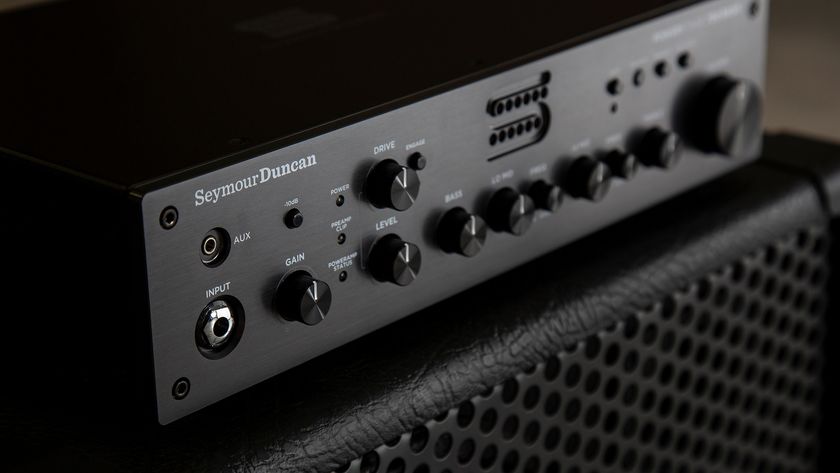Aynsley Lister on why he prefers ’70s Strats to ’60s models, and relying on amp drive rather than pedals
With a focus on storytelling and an unexpectedly precious mid-’70s Strat, blues-rocker Aynsley Lister presents album number eight and talks about the tones behind the tracks

Like any hardened blues musician, it’s been a case of relentlessly touring over the years for UK’s Aynsley Lister. Along For the Ride is his eighth studio album on the Straight Talkin’ label that he co-founded with his wife, Stephanie.
There are 13 tracks of in-your-face blues rock with everything on 11 and it’s certainly one of his finest albums to date. We tracked Aynsley down on the road in Europe to find out the story behind the new recording.
What’s your process for writing?
“When I used to write, when I first started out 20-odd years ago, it was very much about the guitar. The guitar was always front and centre, but I think, as I’ve written more, these days I tend to just focus on the song itself. Obviously, as a guitarist, there’s always going to be a bluesy aspect to my guitar playing because that’s the foundation of my influences.
“But I think when I write, I’m trying to create a mood and focus on things like melodies, lyrics and stuff like that. When I used to listen to music, I would listen mainly to the guitar playing. But when I listen to music now I’m listening to the content. What’s the song about? Does it take you on a journey that sucks you in? So I suppose I write the stuff I like to hear. I like a song to take me on a journey.”
Where does a song start for you?
“I’ve tried to reverse-engineer this so I can manage it and I still don’t know. Some songs start as a lyrical hook, a melody, a piano part, bass or a drum groove. Sometimes I will just sing a melody or a groove into my phone. But it’s normally on a guitar. I’ve only got a couple of acoustic guitars, most of my guitars are electric, so it’s normally going to be an electric guitar thing.”
Get The Pick Newsletter
All the latest guitar news, interviews, lessons, reviews, deals and more, direct to your inbox!
Even if I’m going for a cleaner sound, then the amp will still be set pretty cooking, I’ll just turn the guitar’s volume down
The guitar drive tones are great on the album. How do you go about producing that sound when you’re recording?
“It’s probably an extension of what I do live. I’ve never been a huge pedal user, I’ve always preferred the overdrive from an amp. The main amp that I used for the album is my signature [Rift] amp, which is like an EL34 Marshall-esque combo. I have the amp set for a pretty driven tone, and then all the variations in between – from clean to crunches – are off the volume control on the guitar.
“So even if I’m going for a cleaner sound, then the amp will still be set pretty cooking, I’ll just turn the guitar’s volume down. That’s the sort of thing I’ve done for years, and it’s something I feel the most comfortable with.”
What were the main instruments that you brought into the studio for the album?
“The main Strat I used was one that I’d had for about a year at the time. It’s a ’74 Strat, a yellow one with a maple neck. For whatever reason, I went on a hunt for a nice Strat a few years ago and I found this one and it was the best Strat I’d ever picked up.
“I had a couple of others as well. I had a Custom Shop ’60s Strat with a rosewood ’board – pretty standard issue. I’ve got a handmade LP-type, which is made by Damian Probett, and my old ‘335’ as well, which is also not a Gibson, that’s another handmade one.
“And this old ’60s Cello thing that I play slide on. I have no clue what make it is or what year it’s from. There are no markings on it. I paid 50 quid for it years ago in a junk shop and it’s just got this killer sound for slide. It’s got a P-90 in the neck, single volume and tone. I get asked more questions about that guitar than any other guitar I’ve ever had!”
’70s Strats have received some bad press over the years. What was it that attracted you to yours?
“I just went looking. I’ve been wanting an old Strat and I tried a load of ’60s ones [and there was] nothing that got me excited. And the one I found just happened to be from the ’70s. I’m like, ‘Oh, wow, I thought these were shit… I’m gonna buy this.’ And then I found another one. I’m like, ‘Hang on a minute!’
“Then it got to this thing where I started laughing like, well, maybe there are some good ones out there. They’re not the kind of money that you’d pay for pre-CBS or whatever. I’ve just ended up having quite a few.”
I can’t use picks that have too much flex because I get no control. I’ve got to use something that’s got some substance to it
What gauge strings do you typically use on your guitars?
“For a good few years now, I’ve been using Curt Mangan 11 to 52s. I’ve always tuned down a half step, but those strings work great. I have my action set a little bit higher, but it feels like a set of 10s because it’s tuned down. I use the purple Tortex picks, 1.14mm. I can’t use picks that have too much flex because I get no control. I’ve got to use something that’s got some substance to it.”
Which studio did you use to record the album, and what setup?
“The studio was The Ranch in Southampton and the live room is a converted barn. It was huge. So a really nice big room where you can get everything cranked up. We kind of set up in a circle and the main meat of each track – the bass, drums, rhythm guitars – we tried to get as much of it live as we could.
“Everyone’s looking at each other, vibing off each other, you’re in a groove. We added the extra bits later, but the main bulk of each track was done live together.”
We tried to get as much of it live as we could. Everyone’s looking at each other, vibing off each other, you’re in a groove
You’re in the middle of touring the new material at the moment. When will we see you in the UK?
“Yeah, I was in Vienna yesterday, now I’m in Hungary and we’ve got another couple of weeks out here. It’s a seven-week mammoth tour of no sleep and lots of shows. Then we come back and we’ve got another run in March around the UK. We’re just going to be touring as much as we can, playing as many places as we can, some festivals, and just getting out there and spreading the word and playing the new stuff live.
“We’ve been doing a good chunk of the album in the live show for the past couple of months and it’s going really well. The response has been really good so far, which I’m pleased about because you’re never quite sure. But yeah, literally just getting out to as many places as possible and just playing for people, really.”
- Along For the Ride is out now via Straight Talkin’ Records.
With over 30 years’ experience writing for guitar magazines, including at one time occupying the role of editor for Guitarist and Guitar Techniques, David is also the best-selling author of a number of guitar books for Sanctuary Publishing, Music Sales, Mel Bay and Hal Leonard. As a player he has performed with blues sax legend Dick Heckstall-Smith, played rock ’n’ roll in Marty Wilde’s band, duetted with Martin Taylor and taken part in charity gigs backing Gary Moore, Bernie Marsden and Robbie McIntosh, among others. An avid composer of acoustic guitar instrumentals, he has released two acclaimed albums, Nocturnal and Arboretum.
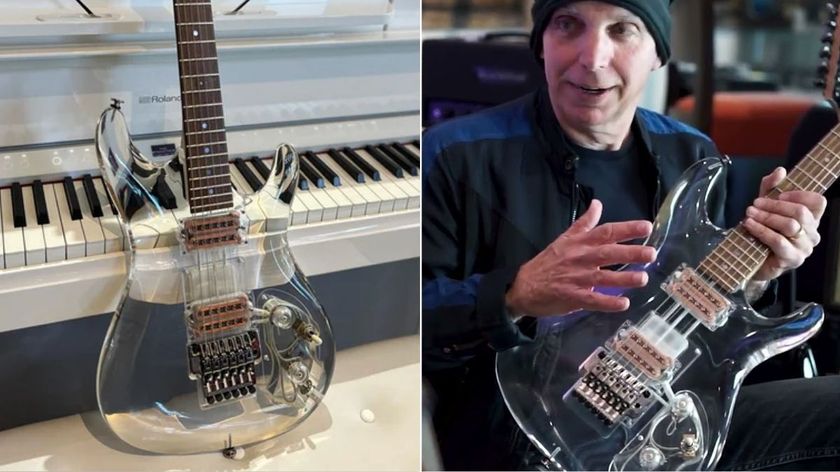
“When I saw it, I couldn’t believe how cool it was”: Joe Satriani is selling one of his rarest guitars – an ultra-ambitious Ibanez Y2K Crystal Planet prototype
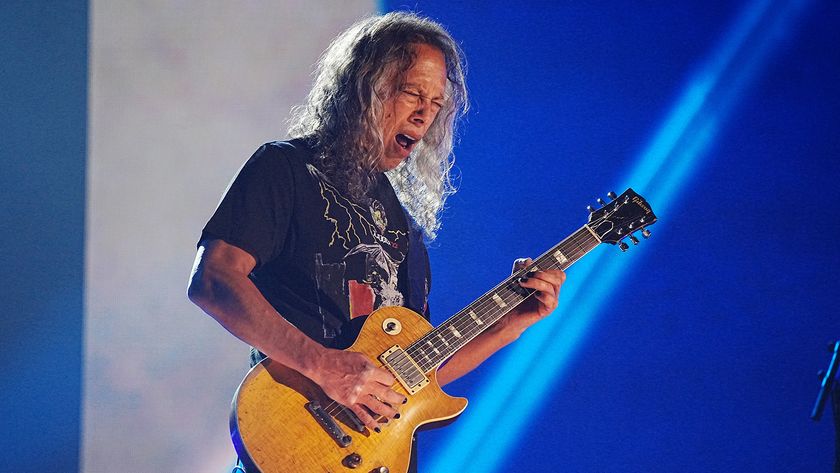
“They’re basically Les Paul copies, let’s be frank. It’s a Les Paul-style guitar and I already have amazing Les Pauls”: Kirk Hammett owns over 100 guitars but none of them are PRS. He explains why

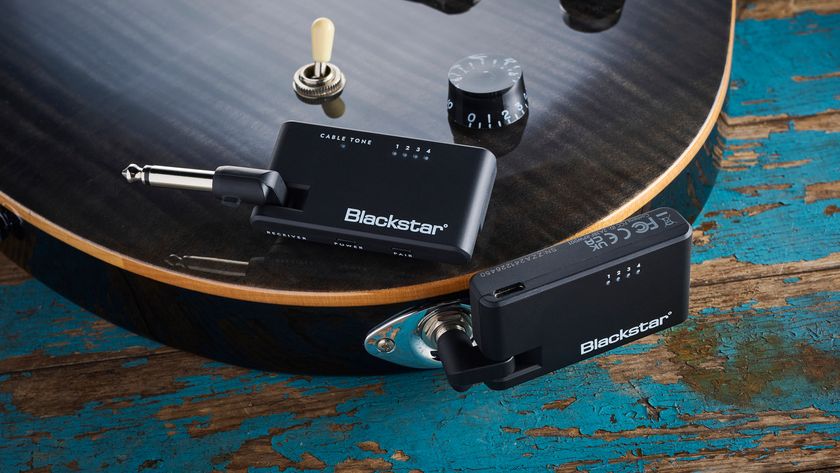
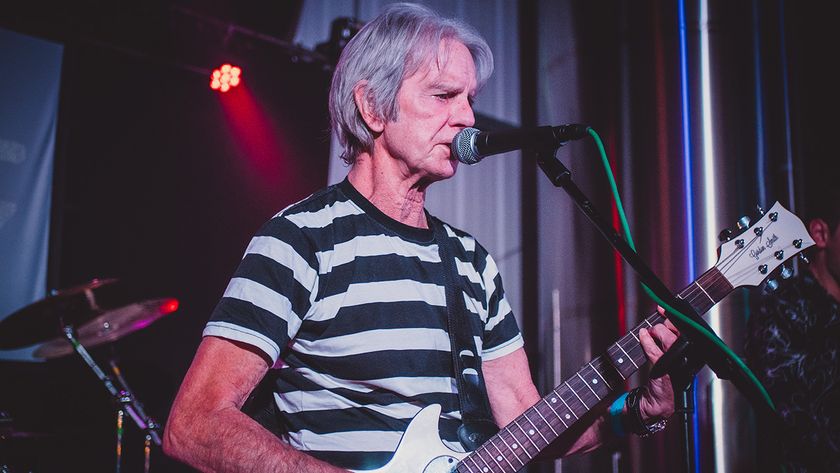
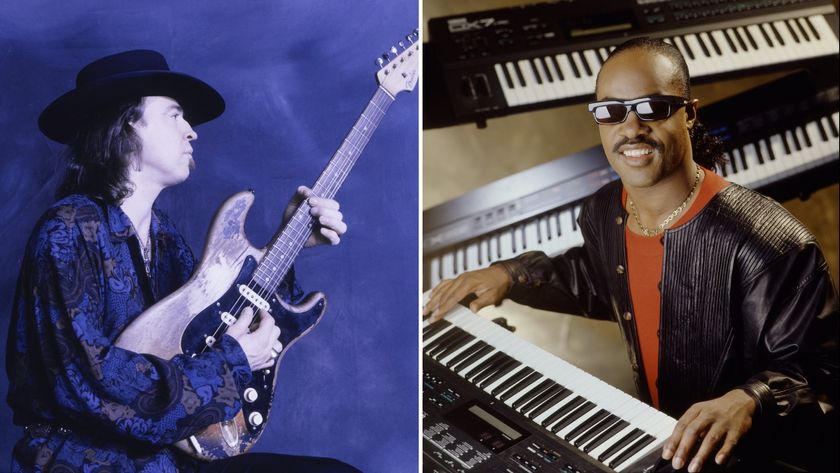
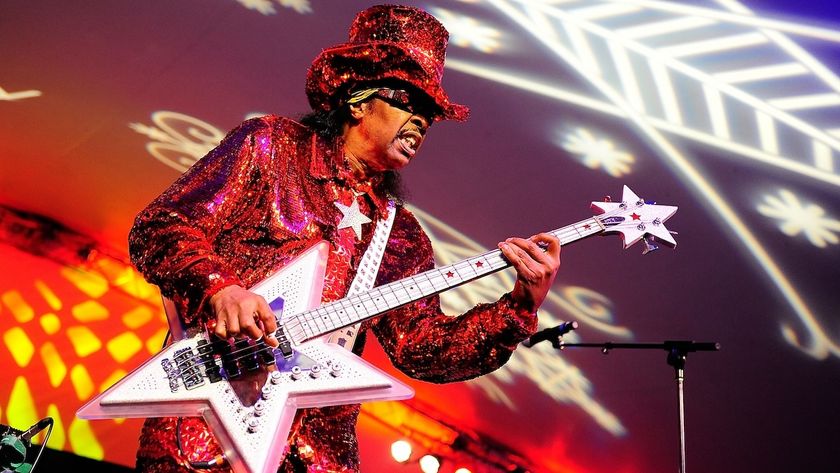


![[L-R] George Harrison, Aashish Khan and John Barham collaborate in the studio](https://cdn.mos.cms.futurecdn.net/VANJajEM56nLiJATg4P5Po-840-80.jpg)
